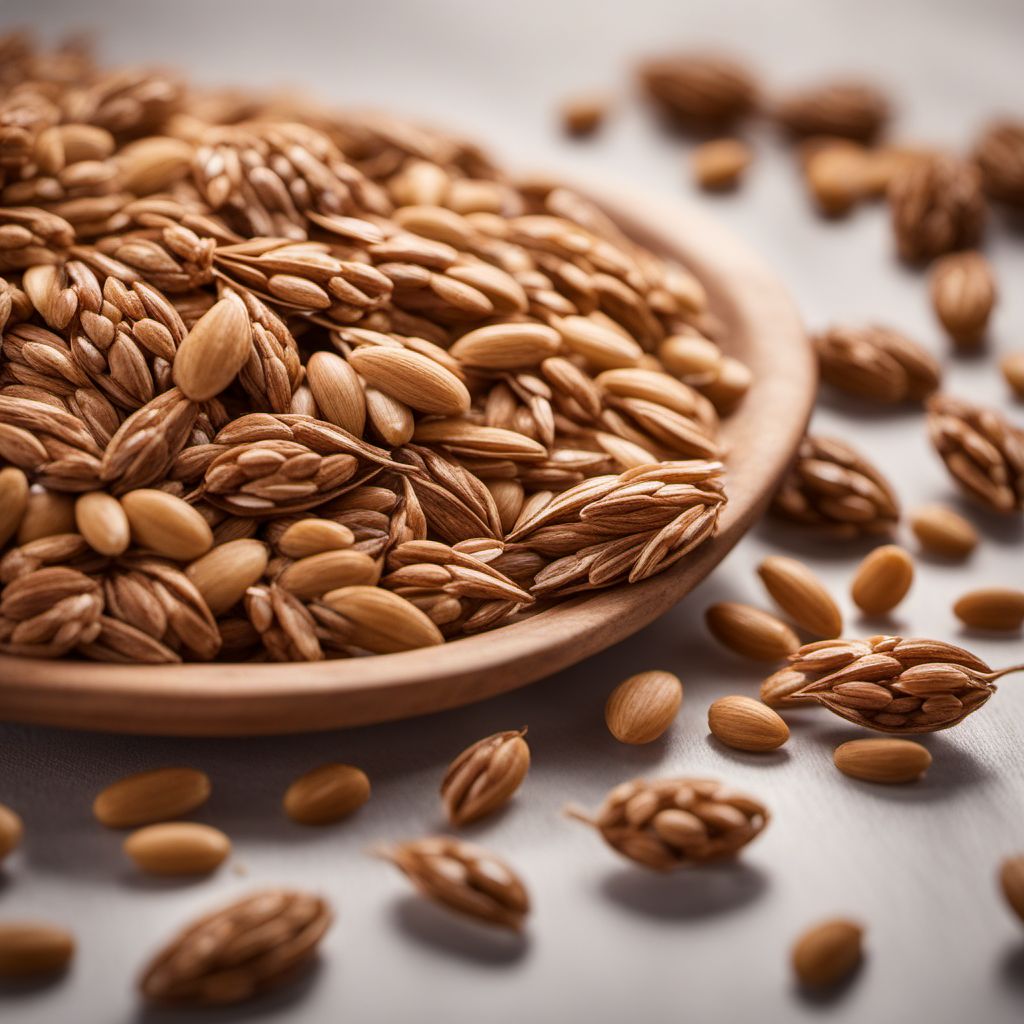
Ingredient
Rye groats
The Nutty Grain: Rye Groats
Rye groats are whole grains that have been hulled and minimally processed, retaining their bran and germ. They have a nutty flavor and a chewy texture, similar to barley. Rye groats are rich in fiber, protein, and essential minerals like manganese and phosphorus. They are often used in soups, stews, salads, and porridges.
Origins and history
Rye groats have been cultivated for centuries in Eastern Europe, particularly in countries like Poland, Russia, and Ukraine. They have played a significant role in the traditional diets of these regions, providing sustenance and nourishment. Rye groats are deeply rooted in the cultural and culinary heritage of Eastern European cuisine.
Nutritional information
Rye groats are a good source of fiber, protein, and essential minerals like manganese and phosphorus. They are also low in fat and calories, making them a nutritious addition to a balanced diet.
Allergens
Rye groats may contain gluten, which can trigger allergic reactions in individuals with gluten sensitivities or celiac disease.
How to select
When selecting rye groats, look for intact, plump grains that are free from moisture or signs of mold. Opt for organic or locally sourced varieties whenever possible to ensure the highest quality and freshness.
Storage recommendations
To maintain the freshness of rye groats, store them in an airtight container in a cool, dry place, away from direct sunlight. Proper storage can help preserve their flavor and texture for an extended period.
How to produce
Rye groats can be grown in a home garden by sowing rye seeds in well-drained soil and providing adequate sunlight and water. However, they require a longer growing season compared to other grains.
Preparation tips
Before cooking rye groats, rinse them thoroughly to remove any debris or impurities. To enhance their flavor, consider toasting them in a dry skillet before boiling. Rye groats can be cooked on the stovetop or in a rice cooker, using a 1:3 ratio of groats to water. They can be used as a base for pilafs, added to soups and stews, or enjoyed as a nutritious side dish.
Substitutions
Buckwheat groats or barley can be used as substitutes for rye groats, although they have slightly different flavors and textures. Buckwheat groats have a nuttier taste, while barley is chewier.
Culinary uses
Rye groats are commonly used in Eastern European cuisine to make dishes like kasha, a traditional porridge, or in soups and stews for added texture and flavor.
Availability
Rye groats are commonly available in Eastern European countries like Poland, Russia, and Ukraine. They can also be found in specialty stores or online retailers that offer a wide range of whole grains.
More ingredients from this category
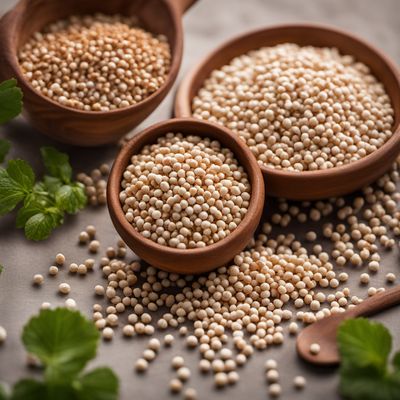
Buckwheat groats
The Nutritional Powerhouse: Buckwheat Groats

Barley groats
The Versatile Grain: Barley Groats

Wheat groats
Versatile Whole Grain
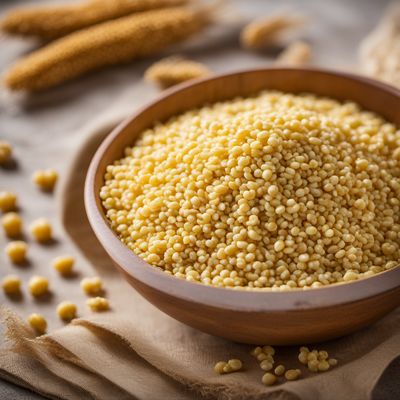
Millet groats
Millet Groats: A Nutritious Ancient Grain

Bulgur
"The Nutrient-Rich Grain: Bulgur - A Staple in Middle Eastern Cuisine"

Oat groats
The Wholesome Grain Powerhouse
Recipes using Rye groats » Browse all

North African Spiced Stuffed Chicken
Harissa-infused Chicken Delight

Moroccan-style Biryani
Exotic Moroccan Biryani: A Fusion of Flavors

Norwegian Christmas Bread
Festive Delight: Norwegian Christmas Bread

Black Bun Recipe
Hearty Scottish Delight: Black Bun

Chiles Veracruzanos with a Twist
Spicy Stuffed Peppers: A Flavorful Twist on Chiles Veracruzanos
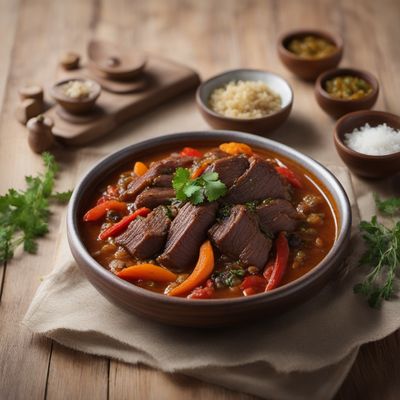
Basque-inspired Sarimsokli Palov
Basque-infused Rice Pilaf with Sarimsokli Twist

Portuguese Honey Cake
Golden Delight: A Sweet Journey through Portuguese Cuisine

Cape Verdean Frangollo
Savory Corn Pudding with Coconut Twist

Cuccidati - Sicilian Fig Cookies
Sicilian Delights: Irresistible Cuccidati Fig Cookies

Hawaiian-style Mole Negro
Tropical Delight: Hawaiian-inspired Mole Negro

Caribbean Sweet Potato Delight
Tropical Bliss: Caribbean Sweet Potato Pudding
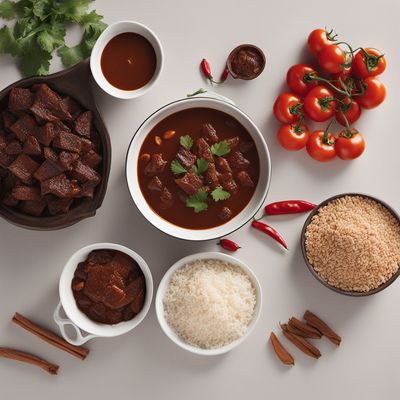
Oaxacan-style Beef Stew with Rich Mole Sauce
Mole de Res: A Flavorful Oaxacan Beef Stew